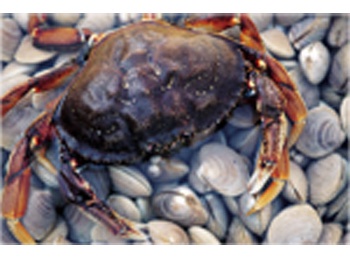An Aberdeen academic whose research could potentially help humans and robots navigate or move about better in space will tomorrow (Friday, June 29) receive a prestigious accolade.
Dr Peter Fraser was the first in the world to discover a sensory mechanism in marine animals linked to their organ of balance that allows them to regulate their depths when they are underwater.
The breakthrough has increased our understanding of the orientation of marine animals and organisms and helps explain why they live where they do in the water.
Crabs, in particular, and sharks are the speciality of the University of Aberdeen Senior Lecturer within the School of Biological Sciences.
And understanding more about crustaceans gives us more of an insight into the human balancing system, as both are similar.

The experiment allowed Dr Fraser and his students to non-invasively monitor the crabs' nerve cells during the flight. The project also set out to provide NASA and the ESA with data on the impact of gravity on an astronaut's balancing system.
Tomorrow Dr Fraser, accompanied by his wife, will be in London to be elected to Fellowship of the Royal Institute of Navigation in recognition of his "outstanding contribution to an understanding of the orientation and navigation of crustacea and other animals".
The Institute is the UK's leading voice on all areas of navigation and Dr Fraser is delighted at the accolade. He said: "It is a great honour to be awarded Fellowship of the Royal Institute of Navigation. The animal navigation group in the Institute are very active so I am delighted to be a part of that."
Information about animal systems can be applied in all sorts of ways. A major car manufacturer has designed its collision avoidance system based on the locust.


